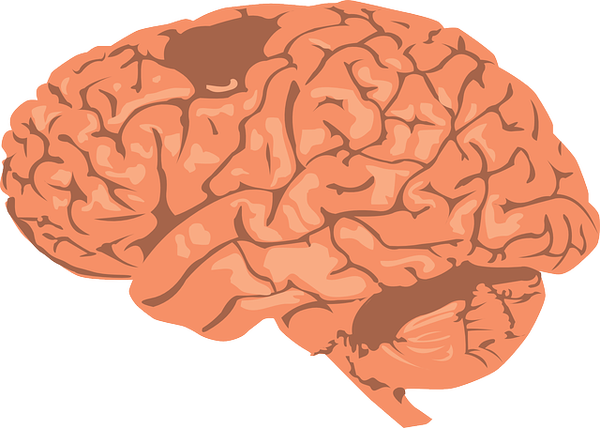This summer, a film, entitled Tau, was released to movie theaters and explored the human trappings of implantation of artificial intelligence. In August, UT Health San Antonio, formerly The University of Texas Health San Antonio, reported the human trappings of human intelligence, specifically in the brain: “Tau protein accumulation is the most common pathology among degenerative brain diseases, including… traumatic brain injury (TBI) and over twenty others.”
Simply explained, tau proteins are, “proteins that stabilize microtubules [and]… are abundant in neurons of the central nervous system.” Related to brain injury, a high level of tau proteins results in poor recovery and, therefore, can possibly result in an ongoing cognitive decline. The title of a 2012 NIH study further explains, Tau elevators in the brain extracellular space correlate with reduced amyloid-B levels and predict adverse clinical outcomes after severe traumatic brain injury. This study notes that it was only the second study that was done on the subject, at the time. However, since then, tau protein studies have become much more common, as can be seen by the above-mentioned quote.
Scientists now refer to tau proteins as zombie cells, as they, “can’t die but are equally unable to perform the functions of a normal cell.” Unfortunately, they live as stressed, toxic senescent cells in the extracellular space of the brain, which means that while they are interesting to investigate, they are difficult to access. However, just as scientists have discovered that eating protein-filled food like sushi is beneficial to the brain, scientists have developed a new means of brain study, referred to as SUSHI (super-resolution shadow imaging) that can access the extracellular space. With the use of SUSHI, UT Health is currently attempting to develop a drug that clears tau tangles and zombie cells to improve brain function and structure following a traumatic brain injury and other brain diseases. To this point, “The scientists at UT Health used senolytic drugs… to clear the senescent cells and tau tangles in [neurologically damaged] mice.”
* Also, this summer, across the ocean, Mario Negri Institute for Pharmacological Research of Milan and the University of Glasgow published the results of a study in which they determined a single brain trauma could result in widespread tau deposition. According to the study, this is, “the first evidence for how a mechanical brain injury might evolve into chronic degenerative brain disease, including CTE.” CTE is, of course, associated with American football, though this conclusion seems to indicate that the concern may be even greater.

